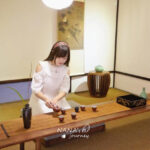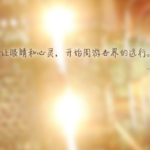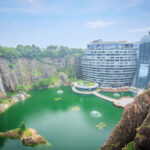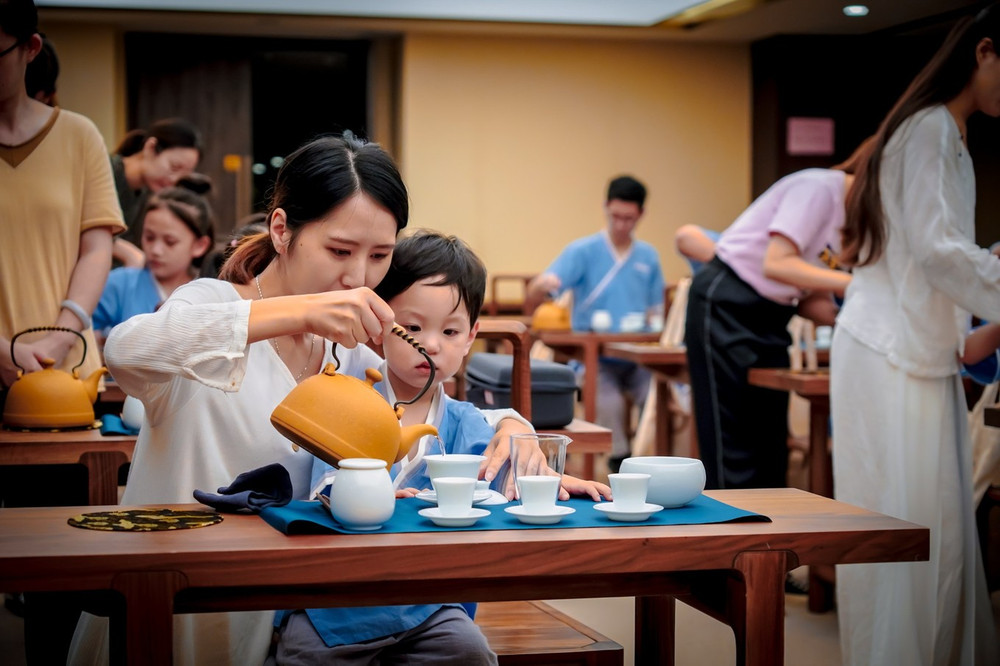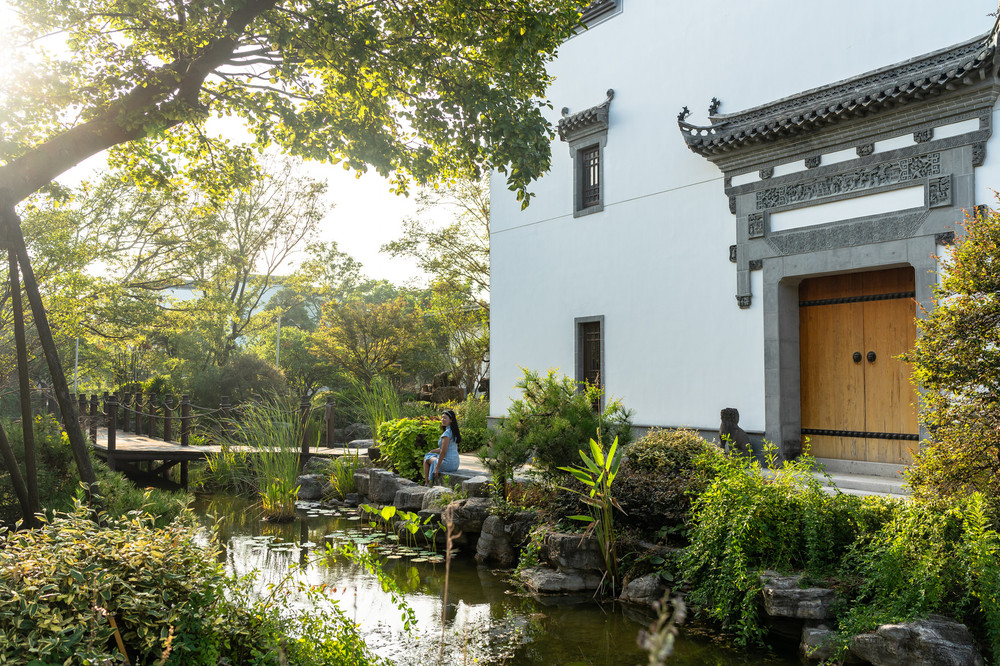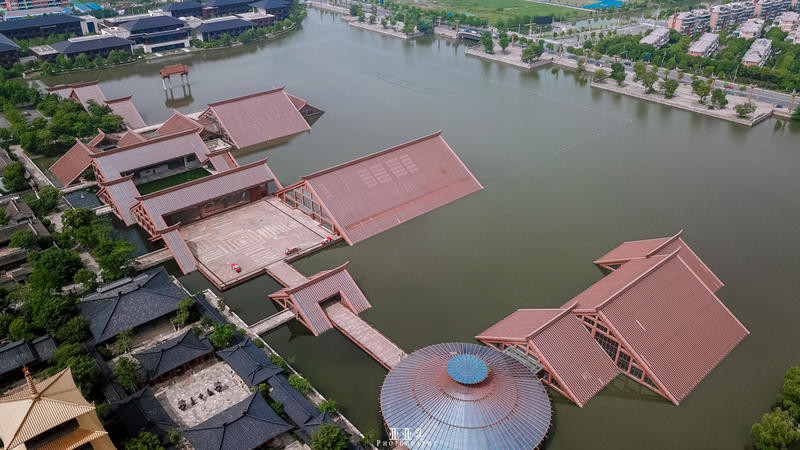Published on 2020-08-21 13:15.
The author visited these places: Shanghai Yu Garden, Old City God Temple, Nine Bends Bridge, and Yu Linglong.
Duration: 2 Days. Time: June. Cost per person: 600 yuan. With whom: Friends.
If you come to Shanghai, it is a must to visit Yu Garden. As a famous garden in Shanghai, although it is located in a bustling city with an area of only over 20,000 square meters, its ingenious design and intricate layout create a tranquil retreat amidst the hustle and bustle, making it a desired tourist destination for travelers from home and abroad.
The author cannot remember how many times he has been to Shanghai, but his visit to Yu Garden is unforgettable. He recalls visiting for the first time on November 13, 1992, during the ‘Fourth Shanghai TV Festival’. Thirteen years later, on May 18, 2005, during his second visit to Yu Garden, the author was inspired to write a travelogue to make the trip worthwhile, and thus, after enjoying the sights, he gladly recorded the following.
Shanghai’s Yu Garden is connected to the Old City God Temple. The Old City God Temple, filled with rich ethnic characteristics, is another famous tourist attraction in Shanghai. Among the buildings in the Ming and Qing styles, a variety of dazzling small commodities are eye-catching, and the enthusiastic cries of vendors are incessant. The snacks at the Old City God Temple have a long history and are well-known. At lunchtime, the snack plaza in Hefeng Tower is almost full, with a wide range of over 500 specialty snacks such as Cantonese dim sum, crab powder soup dumplings, three-delicacy bean skin, gluten noodles, spicy crab, and skewered barbecue, all sold in a self-service format, which is very convenient.When visiting Yu Garden, one must first navigate through several bustling commercial streets to discover a hidden and beautiful village. The elegant and unique Nine Bends Bridge, situated in front of Yu Garden and accompanied by the Lake Pavilion, has become one of the symbols of Shanghai. Tourists stroll along the winding bridge, moving step by step to enjoy the ever-changing scenery. The question arises, why is the winding bridge named ‘Nine’? It is believed that, according to Chinese traditional customs, the number nine is the highest yang number, symbolizing auspiciousness. Thus, the bridge is named ‘Nine Bends Bridge’, embodying its auspicious meaning. There are also folk songs that capture the essence of this belief: “Children walk nine bends, luck lasts for a long time; students walk nine bends, scores ninety-nine; couples walk nine bends, forever and ever; old men walk nine bends, live to ninety-nine.”
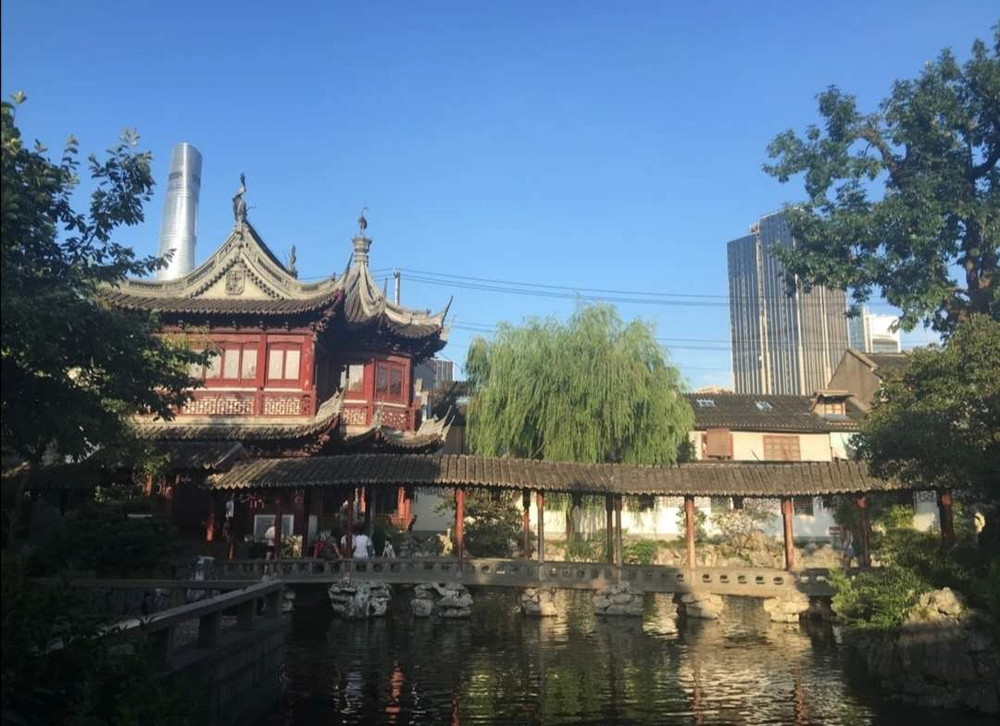
Upon entering Yu Garden, the unique and beautiful scenery characteristic of Jiangnan gardens delights tourists. Historical records indicate that Yu Garden, built during the Ming Dynasty, was an important traditional tourist attraction in Shanghai, earning the title ‘the most beautiful in the southeast’. The garden was constructed by Pan Yunduan, a Shanghai native and a Jinshi (successful candidate in the highest imperial examination) of the Ming Dynasty, who served as the financial commissioner of Sichuan. He began the construction in 1559 (the 38th year of the Jiajing era of the Ming Dynasty), with the intention of pleasing his parents.Originally covering an area of more than 70 mu, it was extremely prosperous for a time. After several wars, there are still more than 30 mu remaining. The layout in the garden is exquisite and the scenery is pleasant. Pavilions, terraces and towers are scattered in an irregular manner. Winding corridors and cloisters are set off against each other. The pool water surrounds and is embraced by rockeries. Rare flowers and trees compete with strange stones, fully demonstrating the style of a ‘famous garden in the south of the Yangtze River’.
There are also the remains of the famous ‘Small Sword Society’ uprising in Shanghai during the Qing Dynasty. In Yu Garden, there is a quite famous large rockery, about 10 meters high, made of about 2,000 tons of yellow stone from Wukang, Zhejiang. This is the creation of Zhang Nanyang, a master gardener in the Ming Dynasty. The natural stacking of rocks creates a scene of continuous mountains and deep valleys and caves, making tourists feel as if they have entered deep mountains. It can be viewed from a distance and also observed up close.
The walls in the garden undulate and wind. The top is decorated with dragon heads and the scales are formed with tiles, symbolizing the dragon body. A section of wall is like a swimming dragon and is called the Dragon Wall. In ancient China, the dragon was a symbol of feudal emperors and could not be casually used as decoration on buildings. When the Dragon Wall was built in Yu Garden, it was already the late Qing Dynasty.Moreover, the ‘dragon’ only has three or four claws to avoid the suspicion of a ‘five-clawed golden dragon’. This detail is a subtle nod to the cultural significance of the dragon in Chinese history and its representation in art.
The ‘Jade Exquisite’ in front of Yuhua Hall is a standout feature of the garden. It is one of the three famous stones in the south of the Yangtze River and is considered a treasure within Yu Garden. The ancients had a set of criteria for evaluating the quality of stones, which included ‘wrinkled, leaky, transparent, and thin’. The Jade Exquisite meets these criteria exceptionally well, excelling in all four aspects. Its ‘transparency and leakage’ are particularly remarkable, making it the best in the country and renowned both domestically and internationally.
Yu Garden is also home to numerous brick carvings and clay sculptures, each with a rich history and exquisite craftsmanship. In addition to these artistic elements, Yu Garden boasts a large number of famous and ancient trees. There are more than thirty ancient trees that are over a hundred years old, with the oldest being the ginkgo tree in front of Wanhualou, which is over 400 years old.
In 1961, the contemporary great poet Guo Moruo visited Yu Garden and was inspired to write the poem: “The exquisite jade fortress weighs a thousand jun. The winding pavilions are visited by thousands of people. Sitting here makes the lakes and mountains more colorful. Yu Garden has a long history of a thousand years.” This poem captures the essence and beauty of Yu Garden, highlighting its historical significance and natural splendor.
As a national key cultural relic protection unit, the management office of Shanghai Yu Garden places great emphasis on the restoration and protection of this famous classical garden and historical site. The reporter observed that some areas, such as the ‘ancient stage’, are still undergoing renovation to preserve their heritage for future generations.Time flies, fifteen years have passed in the blink of an eye. The reporter believes that if one were to come again now, one would definitely see a Yu Garden with an even more perfect scenery.
